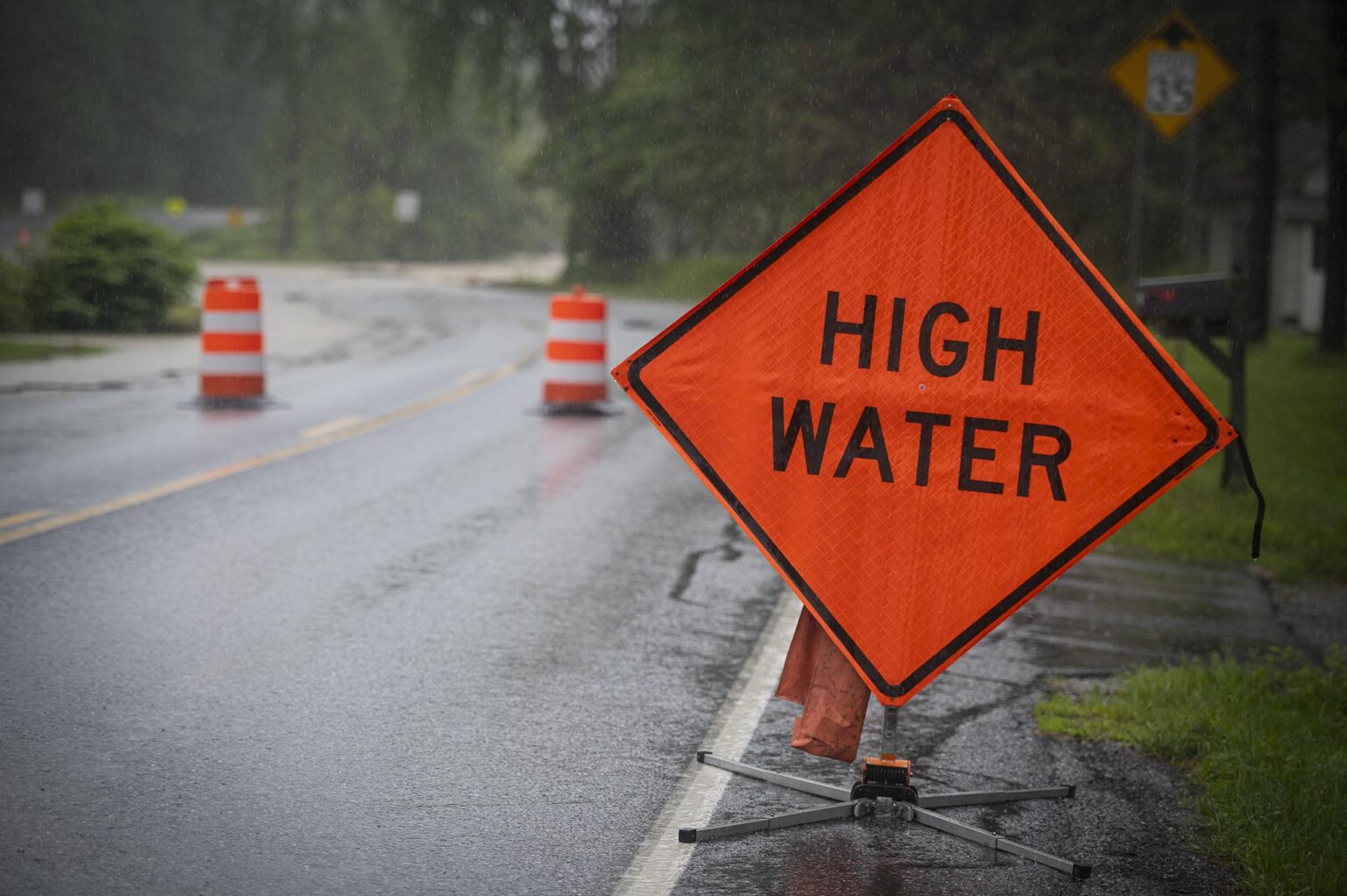Flash floods don’t give you time to think but seconds to act. These sudden, fast-moving walls of water can turn dry streets into dangerous rivers within minutes. The situation gets worse, especially at night or during storms. In 2025 alone, several countries have already experienced deadly flash floods. From urban slums in South Asia to mountainous towns in Europe, floods are becoming a new normal.
What makes flash floods so dangerous is how quickly they form. They are unlike usual hurricanes or seasonal monsoons that give days of warning. As the name suggests, flash floods often occur with little to no notice, especially in vulnerable areas. These include areas with poor drainage, steep terrain, or dry ground that cannot absorb rain fast enough. Therefore, being prepared for flash floods is not a luxury but a life-saving necessity.
Know the Warning Signs Before It’s Too Late
You might not always see a flash flood coming your way, but there are signs to watch for beforehand:
- Intense rainfall over a short time. Sometimes, it can be just 15 to 30 minutes of intense rainfall
- Darkening skies, distant thunder, or sudden gusts of wind
- Streams, roadside drains, or ditches rising quickly
- Muddy water or debris appearing where it usually does not flow
- Emergency weather alerts from local agencies, national services or prominent weather apps like the World Weather Online App
If your area is under a Flash Flood Watch, stay vigilant. If there is a Flash Flood Warning, take action right away. Don’t hesitate!
Prepare Before the Storm: Your Flood Safety Checklist
The perfect time to prepare is before the rain begins. Here’s how to flood-prone your life in advance:
Create a Family Emergency Plan
You should map multiple evacuation routes and meeting points in case of emergency. Moreover, you should ensure everyone, including kids, knows what to do in unprecedented situations.
Build a Flash Flood Emergency Kit
Include the following in this kit:
- Bottled water and canned food, at least 3 days of supply
- First-aid-kit, flashlight, and a charged power bank
- Important documents in a waterproof folder
- Reliable whistles, face masks, and medication kits
- Radio or mobile app for weather alerts
Safeguard Your Home
- Elevate all electrical systems and install sump pumps
- You should use sandbags if flooding is expected
- Seal foundation cracks and secure outdoor items
Moreover, consider flood insurance if you live in a high-risk zone for flash floods. Standard homeowner’s insurance does not cover flood damage in most countries.
When Every Second Counts: What to Do If a Flash Flood Hits
If you witness a flash flood strike, immediate action can make a difference between survival and tragedy. Firstly, you need to get to higher ground immediately and not wait to pack or save belongings. Secondly, you should avoid walking or driving through floodwaters. This is because just 6 inches of moving water can knock you off your feet.
If time allows, turn off utilities, especially gas and electricity. Fourthly, you should help those around you, such as elderly neighbors, disabled persons, and pets. Moreover, it is advised to stay informed by using weather apps and websites like the World Weather Online. You should never assume that you are safe just because you are indoors. Flash floods can sweep away ground floors and collapse structures if water pressure builds.
Evacuation Plans That Work: Advice from Disaster Experts
Evacuation goes beyond just running away. It is about being smart in your approach. Here are some essential tips:
- Make sure your evacuation kit is always packed and ready to grab.
- Be aware of where the nearest flood shelters or high-ground locations are.
- Plan for alternative routes, as roads might be blocked or submerged.
- Ensure everyone in your household knows how to communicate without cell service. They should consider SMS, walkie-talkies, or Wi-Fi apps.
After the Flood: Stay Safe During Cleanup and Recovery
The danger does not end when the rain stops. Here is what you should do after the flood:
- Avoid contact with floodwater, as it may contain sewage, chemicals, or sharp debris
- Do not turn on the power until your home is inspected completely
- Wear protective gear when cleaning
- Photograph all the damages for insurance claims
- Be aware of mold growth and electrical hazards
You should contact local disaster relief programs for food, shelter, or rebuilding support.
Why Flash Floods Are Becoming More Common
Climate experts say flash floods are becoming more common worldwide. This is primarily due to extreme weather, urban sprawl, and deforestation. Warmer air can hold more moisture, which results in heavier downpours. Water can’t seep into the ground in our concrete jungles, causing it to rush off instead. Plus, outdated infrastructure means that drainage systems are often overwhelmed.
Final Word
Flash floods are abrupt, fierce, and can be fatal, but they can be managed. The key to staying safe is preparation. Awareness of the warning signs, clear evacuation plans, and prompt response can make all the difference for you and your loved ones.
Don’t wait for the next storm to learn this crucial lesson. Begin your preparations now because the next flash flood might not give you another opportunity.




